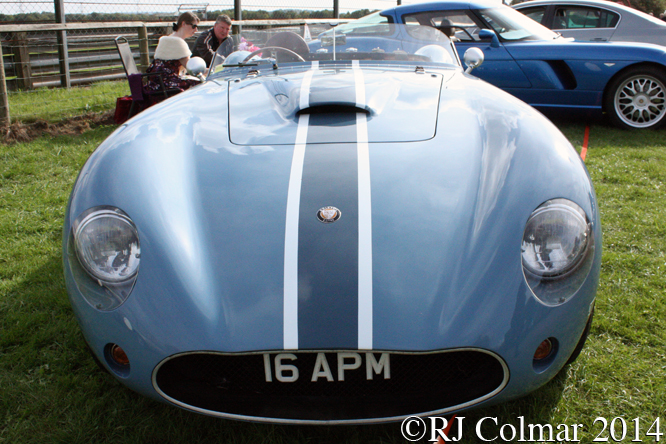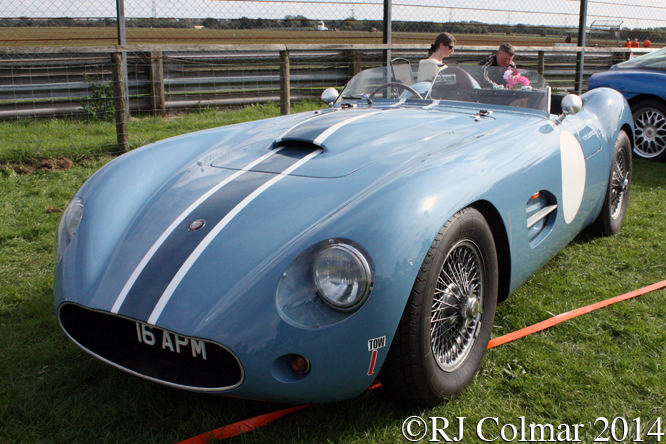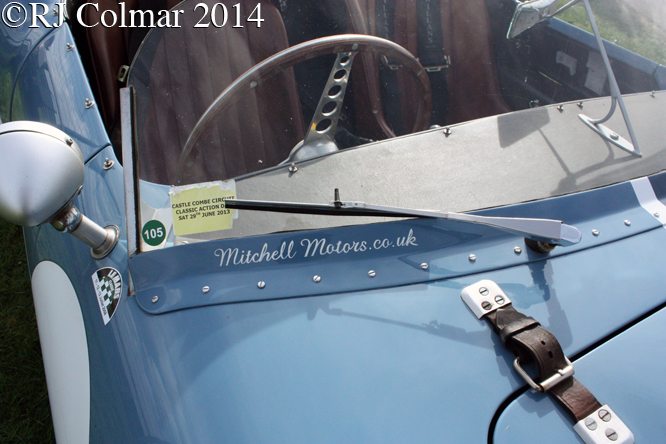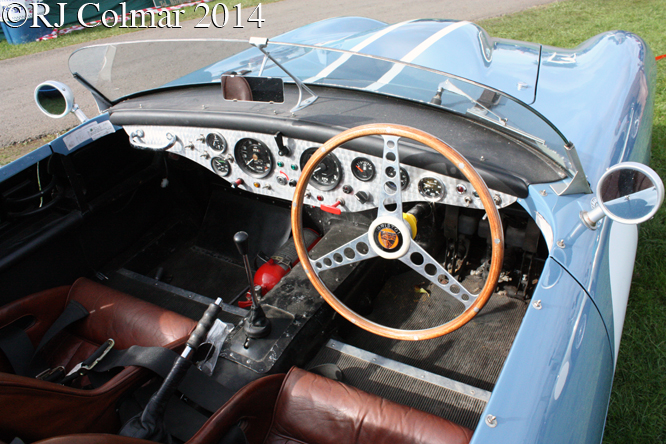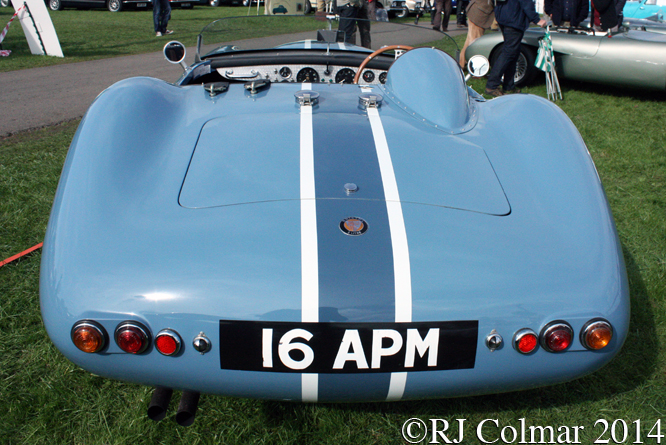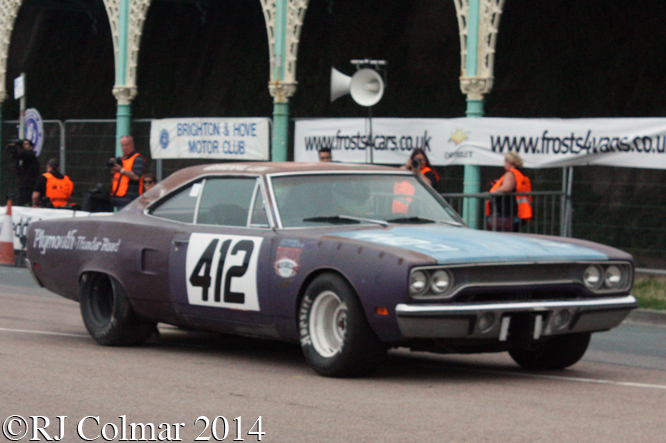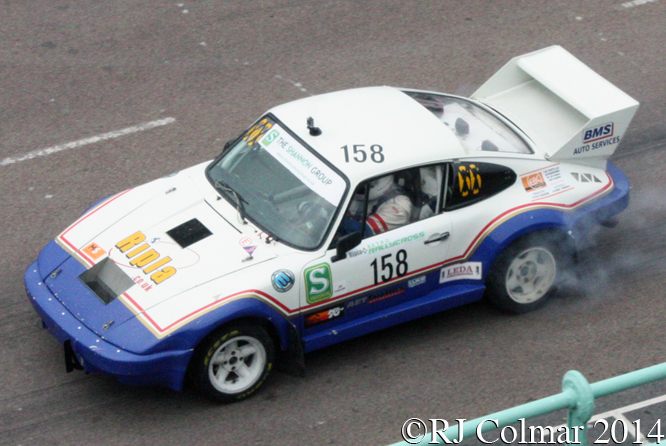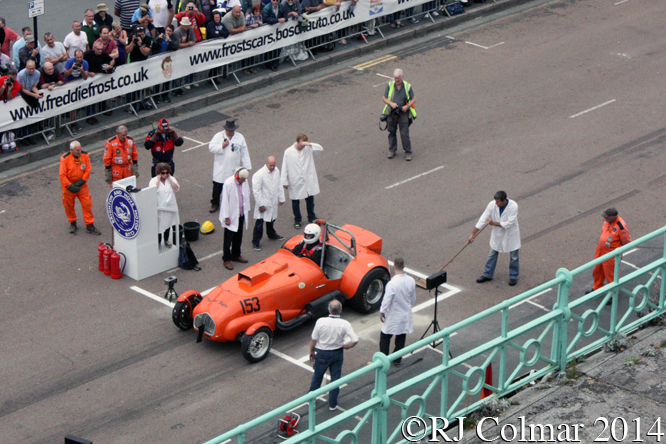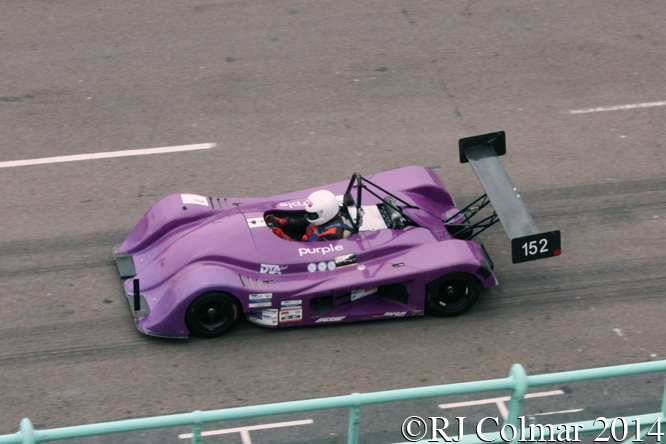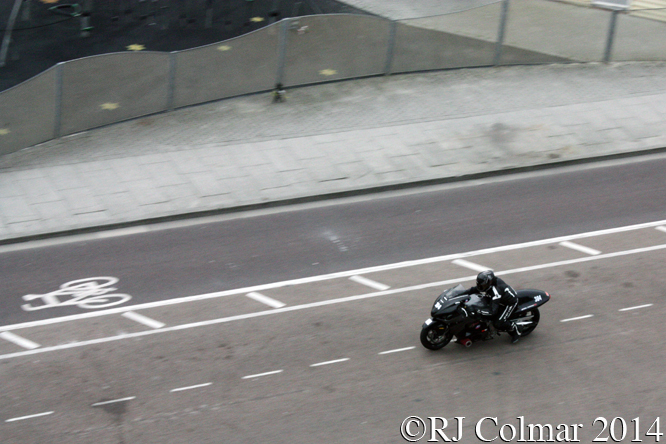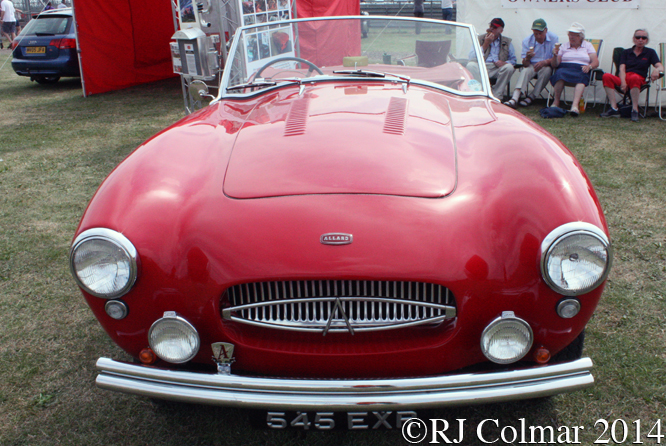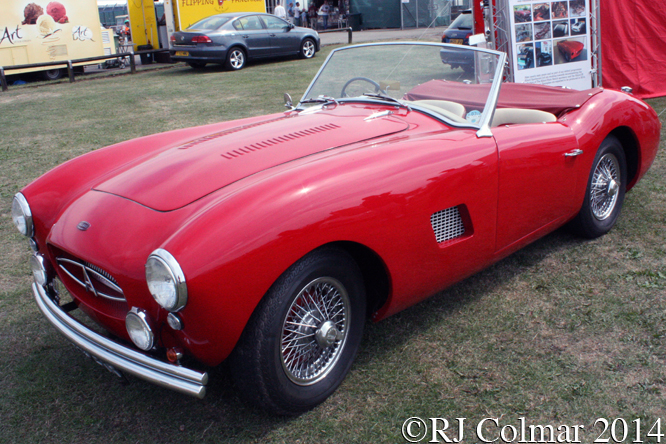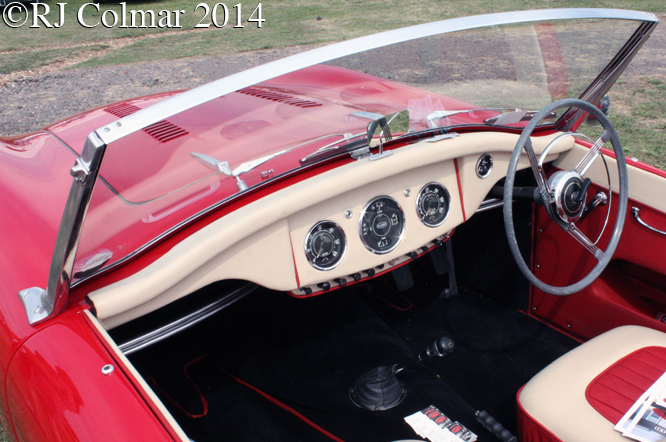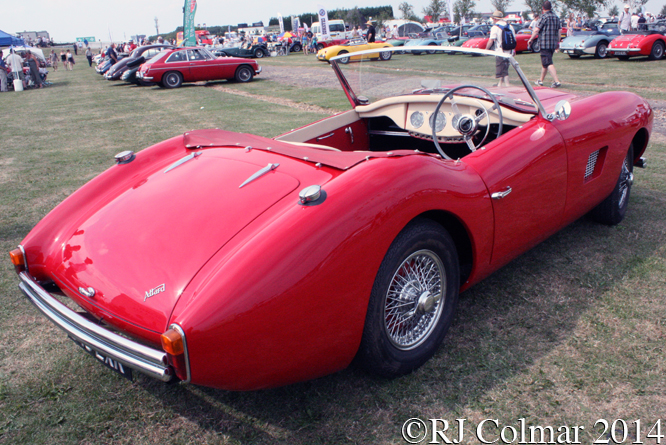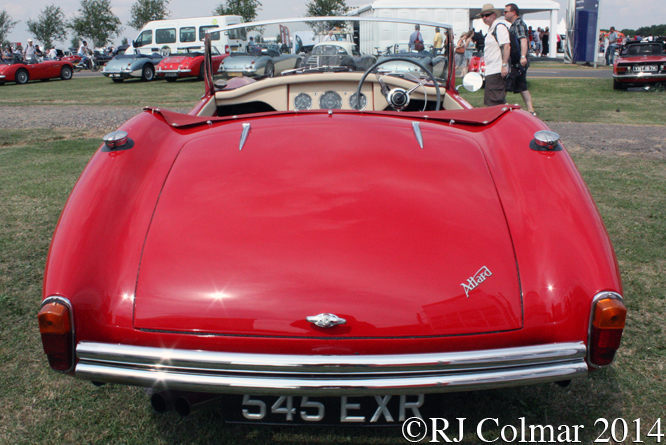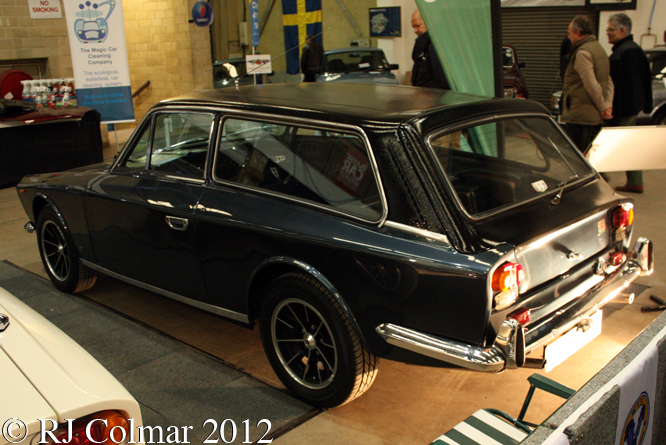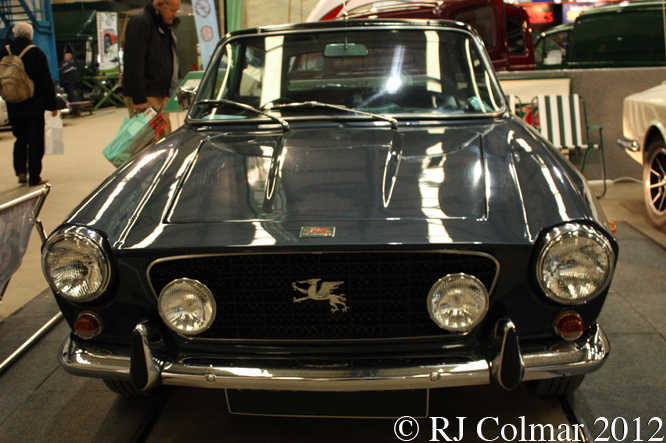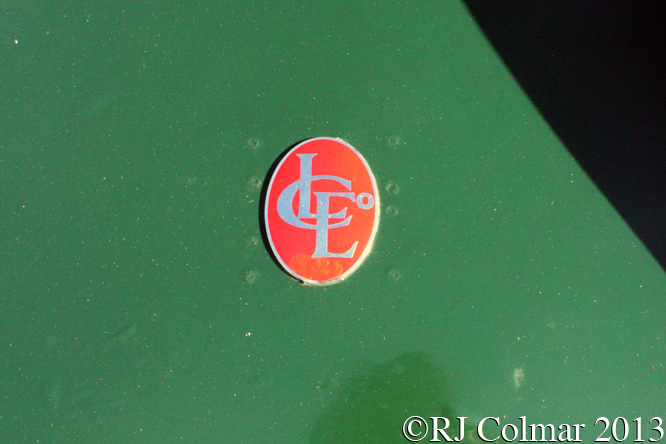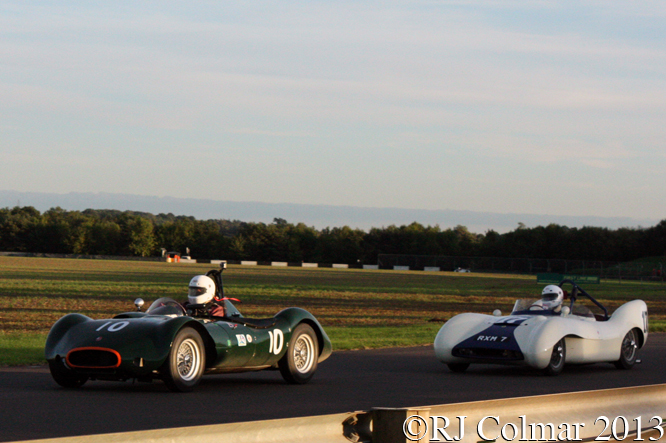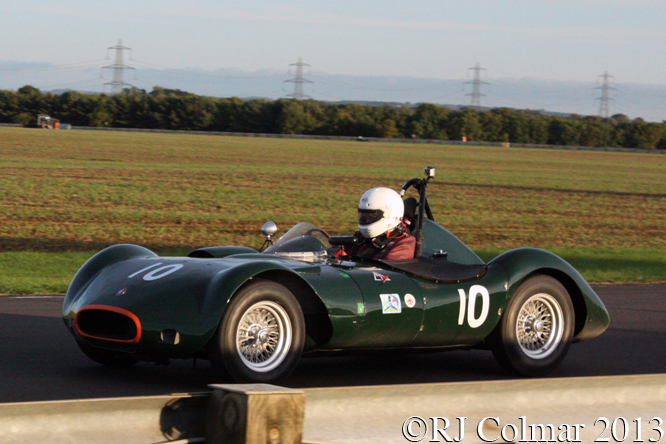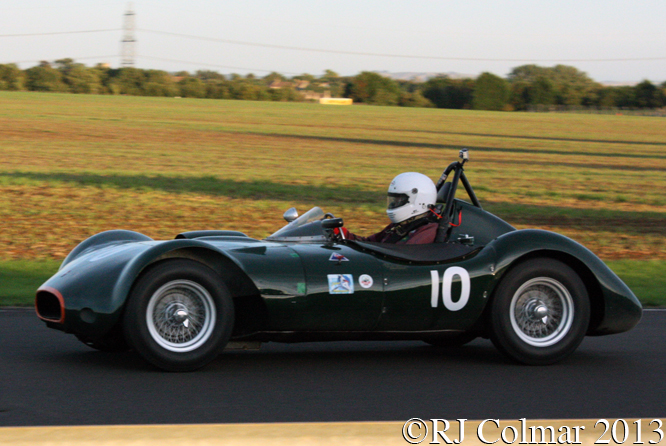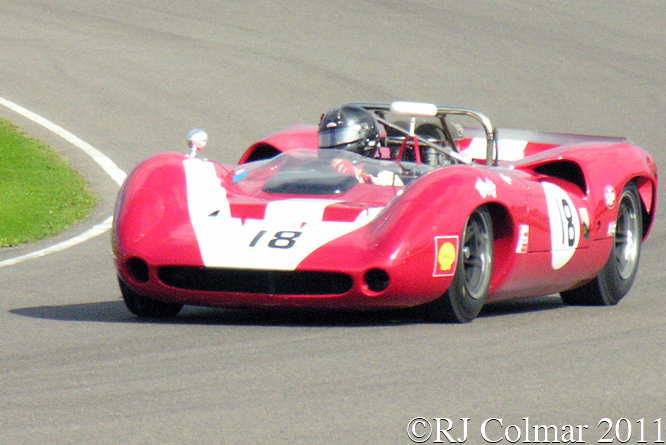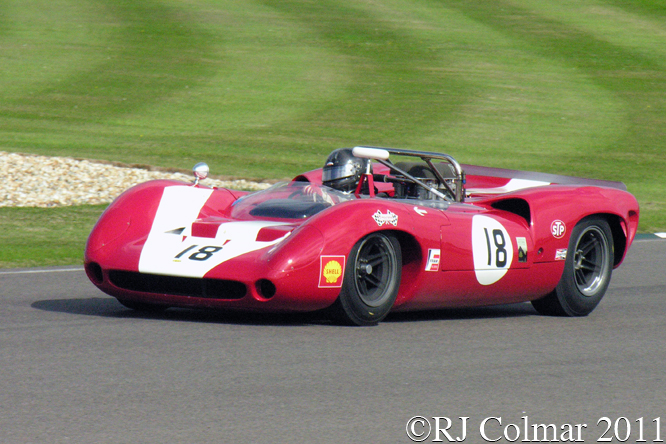Welcome to the first of a short series of Saturday blogs featuring cars raced in Formula Junior between 1959 and 1963.
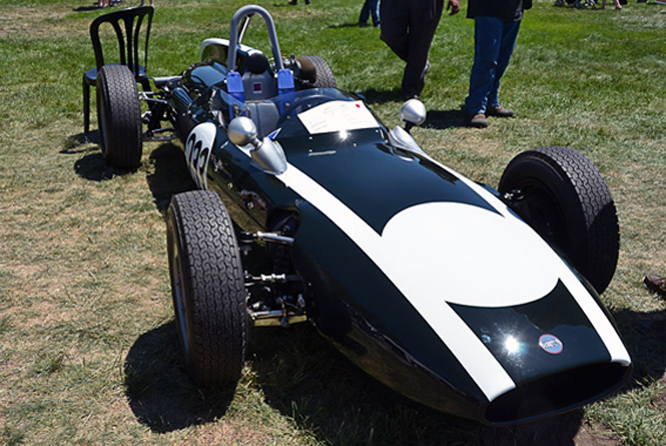
Following the successes of their first 1960 T52 Formula Junior design, cobbled together with bits from their 500 Formula 3 and Formula 2 designs, in the United States and Europe Cooper Cars built the T56 for the 1961 season.
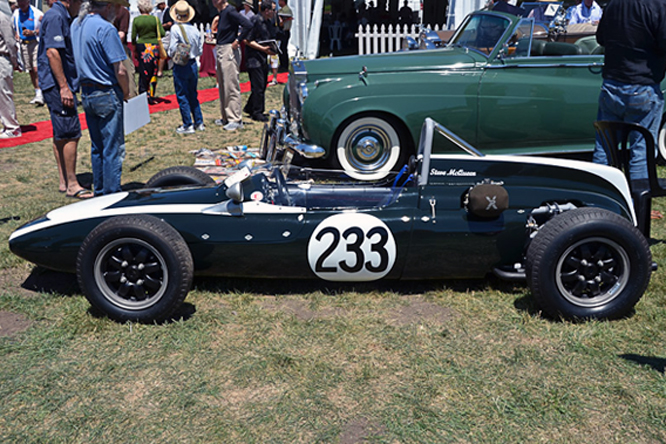
Walt Hangsen raced the prototype T56 to victory at Riverside in November 1960 and Ricardo Rodriguez followed this up with a second victory in the same car in Mexico in January 1961.
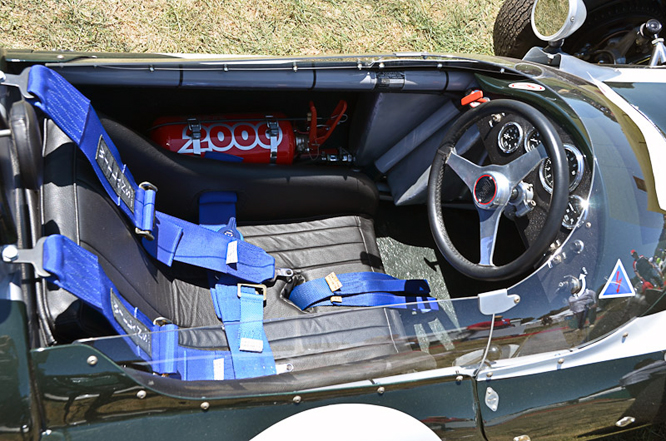
For the 1961 season lumber merchant Ken Tyrrell ran three T56’s, including today’s featured chassis, as works British Motor Corporation powered team for South Africans Tony Maggs and John Love.
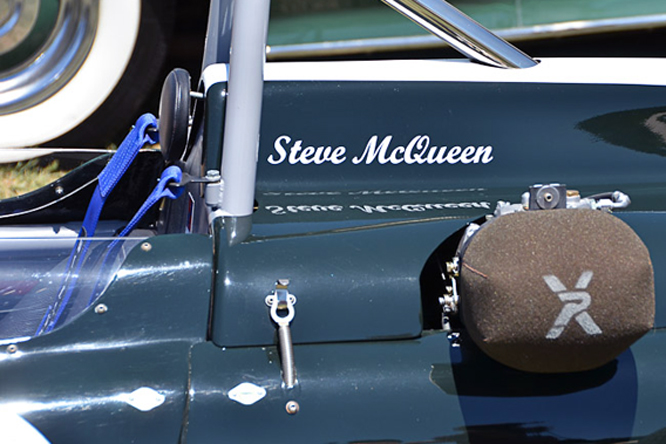
After scoring 8 victories during Tony Maggs finished the season as joint European Formula Junior Champion with Jo Siffert who drove a Lotus 20 for Ecurie Romande.
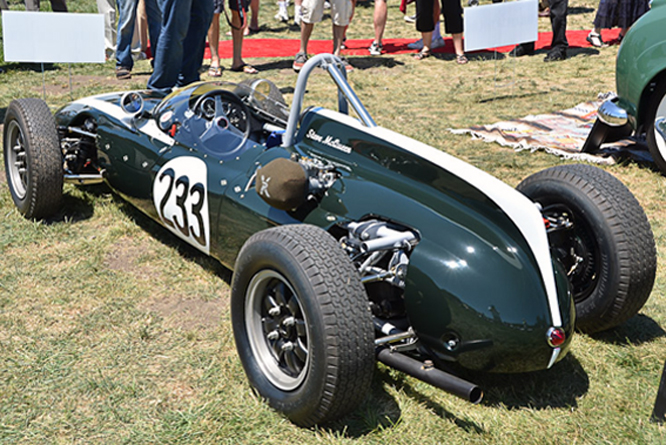
At the end of the season Ken Tyrrell returned the three T56’s to Cooper who then sold #FJ/2/56 on to actor Steve McQueen who while on location for the film “The War Lover” had attended John Coopers racing school and tried the T56 at Brand Hatch.
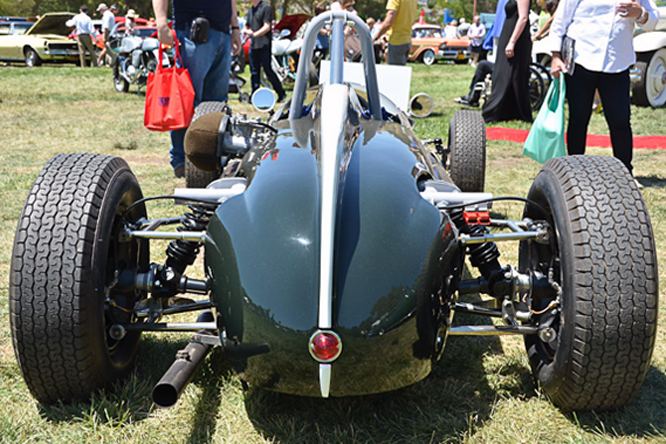
After driving #FJ/2/62 to victories at Del Mar and Santa Barbra Steve retired from motor racing after he was given an ultimatum by his Studio bosses that he could either act in the movies or become a racing driver, but he could not do both.
Al “Buster” Brizzard bought #FJ/1/62 from McQueen’s mechanic Stanley Peterson and ran it with a BMC motor in 1963, a larger Ford motor in 1964, and then an Alfa Romeo motor in 1965 when he secured the Pacific Coast Formula B Championship.
By the late seventies the car was reportedly seen with big tyres and wings before another of Steve McQueen’s mechanics, Skip McLaughlin, started to restore it. Unfortunately a house fire put an end to Skip’s project and restoration was not completed to it’s original 1961 BMC powered specification until after the cars last owner acquired it in 2003.
The year before these photograph’s were taken by Geoffrey Horton the current owner bought the car for $198,000 at R&M Auctions in August 2012.
My thanks to Geoffrey Horton for sharing today’s photograph’s taken at Marin Concours d’Elegance in 2013.
Thanks for joining me on this “Act Or Race” edition of “Gettin’ a li’l psycho on tyres” I hope you will join me again tomorrow for a look at five decades of classic Formula One cars. Don’t forget to come back now !
Wishing all GALPOT readers in the USA a Happy Independence Day.


